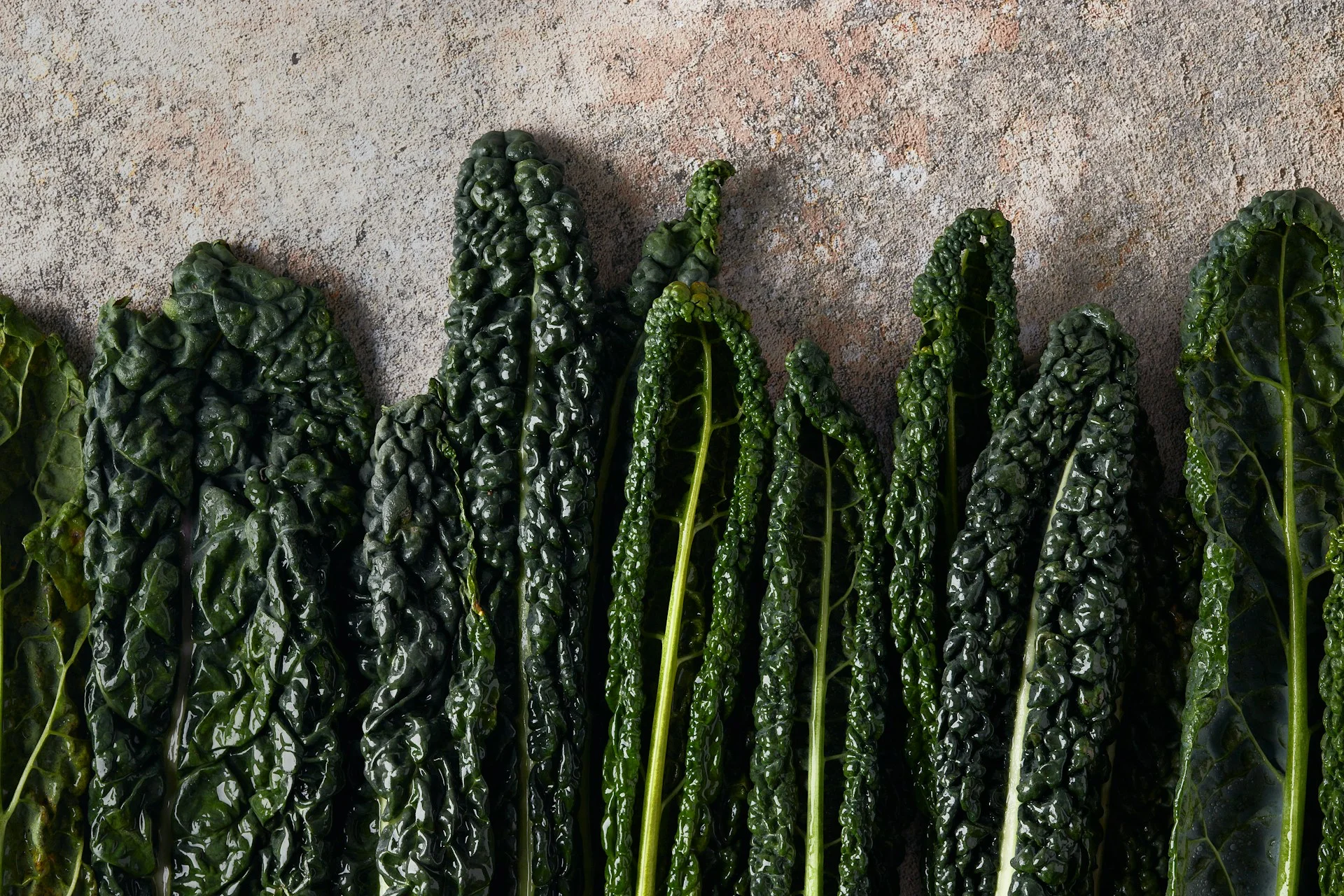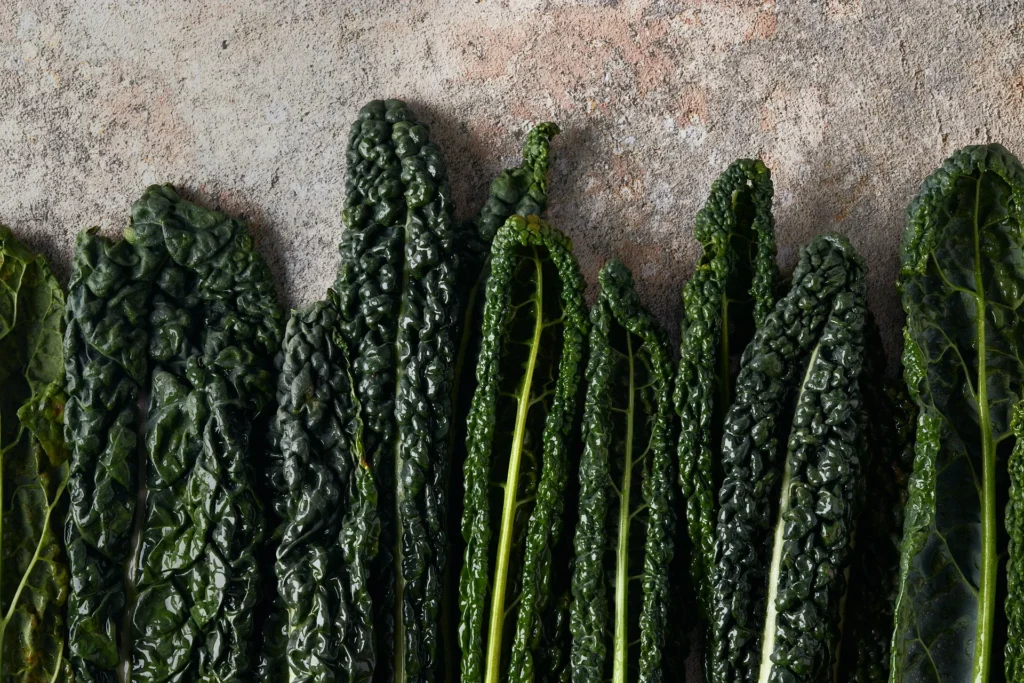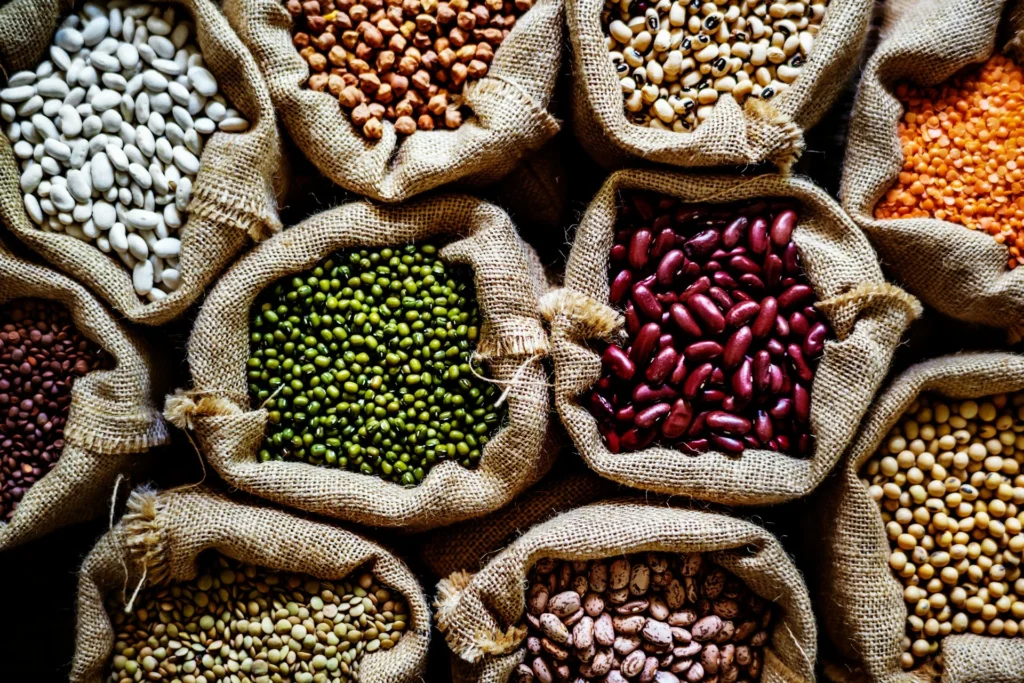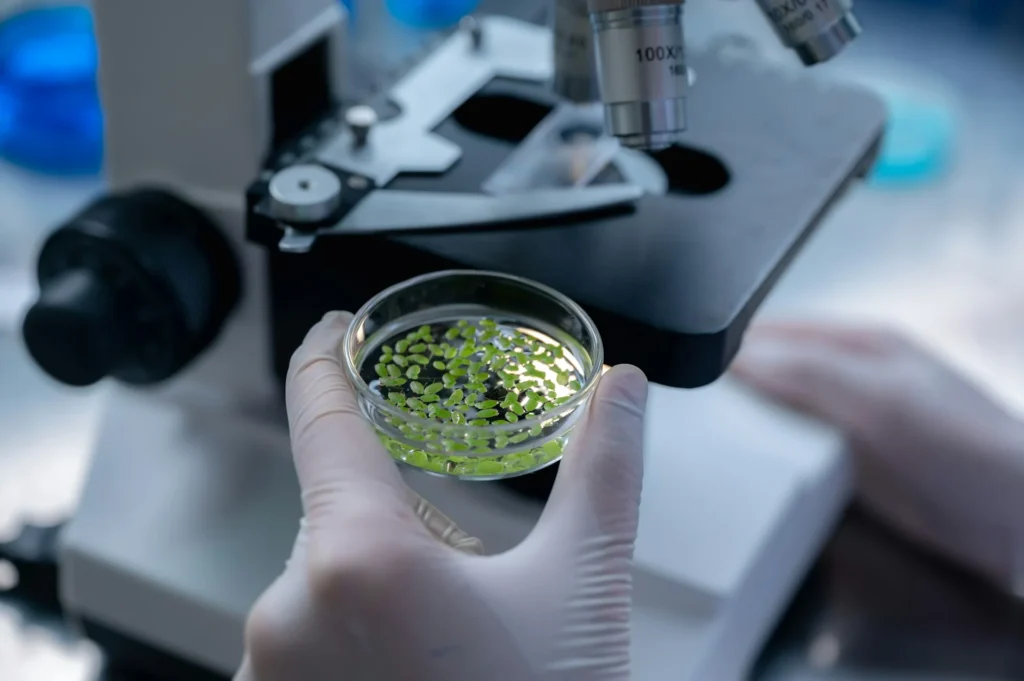Crucifers, or brassicaceae, constitute a large and varied family of vegetables, including broccoli, cauliflower, cabbage, savoy cabbage, kale, red cabbage, kale, Brussels sprouts, turnip greens, mustard greens, and turnip greens.
These are vegetables of which the flower and/or leaf is usually used, and they are particularly rich sources of fiber, folic acid, riboflavin, vitamin A (beta-carotene), vitamin C, vitamin E and vitamin K, potassium, iron and magnesium, and phytochemicals.
Cruciferae are also included within “calcium-rich foods” of theVeg Plate, as they possess a high amount of highly assimilable calcium.
Their consumption is associated with reduced cancer risk in many organs and tissues (breast, endometrium, cervix, prostate, lung, colon, liver).
These effects have been traced in particular to the folic acid and phytocompound content.
The main phytocompounds in crucifers that are active in cancer prevention are glycosinates, organosulfur compounds whose hydrolysis (by plant myrosinases) produces isothiocyanates (including sulforaphane), indoles (such as indole 3-carbinol-I3C) and nitriles (crambene).
It is assumed that these compounds often act synergistically, thus enhancing each other in the various mechanisms of action underlying protection.
In contrast, other phytocompounds possess antioxidant properties (polyphenols, other indoles in addition to I3C, carotenoids, S-methyl cysteine sulfoxide), and act by inactivating free radicals that are capable of altering the structure of DNA by inducing mutations implicated not only in the genesis of cancers but also in that of many degenerative diseases.
These diseases include cardiovascular, cerebrovascular, and neurodegenerative diseases (Parkinson’s disease, Dementias). These substances probably act in synergy with vitamins E, C, K and minerals such as iron, zinc and selenium.
As with all vegetables, the content of some substances is reduced by cooking, while that of others (especially glucosinolates) is increased.
It is therefore important to consume these vegetables both raw and undercooked. The best cooking method for vegetables as known is steaming, which respects the nutrient content of the food. Overcooking denatures the nutrients, producing in the case of crucifers a strong sulfur odor.
Crucifers are thus a valuable food, extremely versatile in that they can be used in both first and main courses, and possess protective effects beyond that of ensuring good sources of calcium to the diet.







